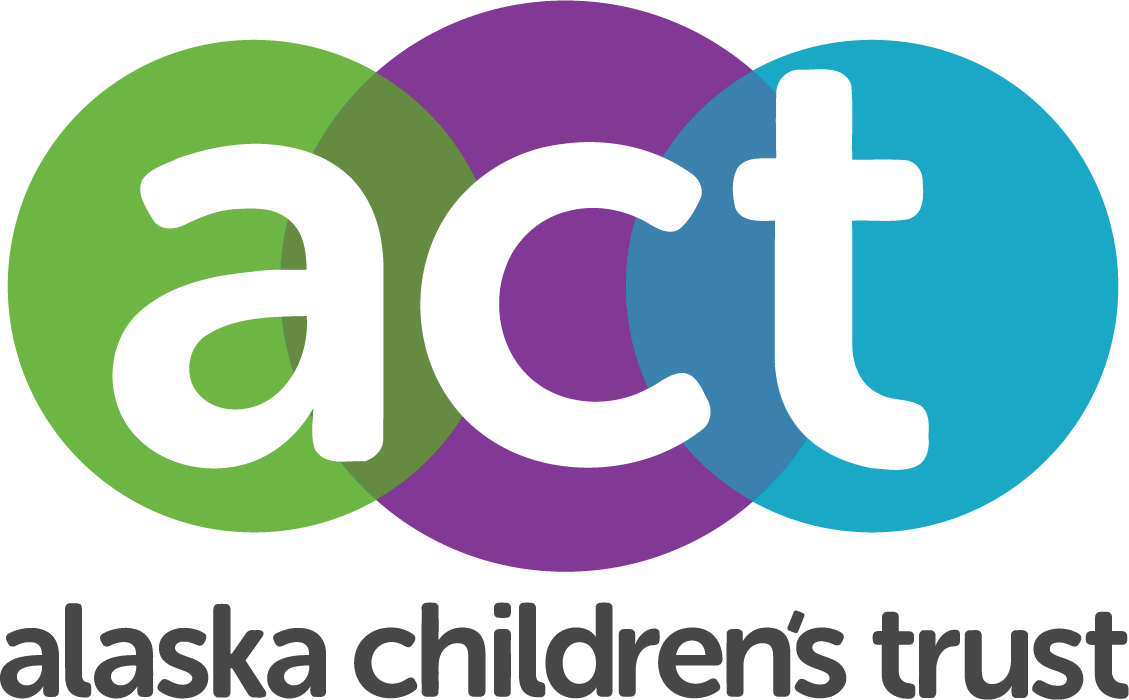Catalyzing Change through Culturally Based Parenting
This is an excerpted impact story from our 2020 Annual Report.
“It starts here, it starts now.” Those were the words of a parent finishing Iñupiaq culture-based parenting classes. The classes are hosted by the Maniilaq Association and focus on reintegrating traditional Illitqusait values and family roles into parenting through a program funded, in part, by Alaska Children’s Trust.
As a catalyst, the Children’s Trust works to inspire and implement new ideas to bring about real change. Often, that change comes from our role as a grantmaker, supporting programs across the state that work toward our mission. Maniilaq’s multi-day program encourages and teaches parenting based on traditional Iñupiat values and methodologies to parents from Kotzebue and its surrounding villages. The program reawakens these values and utilizes Iñupiaq ancestral adaptations developed to endure the harsh Alaska climate for time immemorial as well as the cultural trauma of the last 200 years.
The class focuses on key tools like nonverbal communication, observational learning, and collaborative storytelling to convey the difficulties of parenthood and begin to work through issues together. Linda emphasizes that the Iñupiaq views encourage “teaching parenting through our own actions and our own mistakes and using our culture as strength to bring back balance and communication to families.” Class participants co-teach by sharing current struggles or past issues. “Often the best teacher of the class is the one with the similar experience,” says Linda, and parents often chuckle and be silly together to work through their different situations. The classes use sharing stories to build trust that can be brought home to family members. Sometimes, this first step is the hardest one, as it requires self-motivation.
Linda’s interest in traditional Iñupiaq values was piqued when the Regional Elders began sharing them and she thought it was a “very good list but over time realized that the process of change was missing.” She wanted to find practical applications for the wealth of knowledge of Iñupiaq family dynamics and worked with a similar Inuit organization in Canada to learn more about communicating the ideas. As a young parent herself, Linda realized just how critical the need was and noticed social issues in herself, her family, and the community that could be solved with a return to core traditional teachings.
The classes start by discussing the four quadrants of the family life cycle and the roles and responsibilities of each quadrant: Elders, babies and toddlers, young adults, and adults. Class members talk about how adults are meant to pay attention to all others in the circle and their needs, emphasizing that communication between age groups is key. Linda says that some of the communication methods are drawn from ancient survival techniques, explaining that “our ancestors were very family based and depended upon observation and cooperation to survive.” She highlighted the importance of checking in on others by using nonverbal clues: “Do they have questions or confusion shown by their body language or in their eyes that we need to stop and address?” These strategies of observation and mirroring teach problem solving, how to assess a situation, to negotiate, and to be watchful of everything. The parents become aware of the variety of communication skills that can aid raising their youngsters holistically.
The classes are sensitive to the trauma many parents have endured, recognizing that some may still be stinging from the past or are working through grief issues of their own. The classes also acknowledge the gap in access to cultural traditions caused when many young Alaska Natives returned from mandatory boarding schools and Elders could not find the right feeling words in English to pass traditions down.
Despite the challenges, Linda is filled with hope for the future. She says that some traditions slipped but they are working on bringing them back, while also building up the confidence of parents and providing choices of different tools to use to be a critical family member and support for their children. She sees a subtle change in the parents in class; their body language shifts remarkably between the first and the last day. Many build up more self-confidence and reach out to learn from each other in class. Some parents come in and “are comfortable with one or two words but won’t even speak in sentences, and by the end they’re expressing their needs and wishes.”
When parents feel heard and get the tools they need, there is cascading impact. We at Alaska Children’s Trust look forward to seeing the positive ripples of these classes in families and communities across Alaska.

